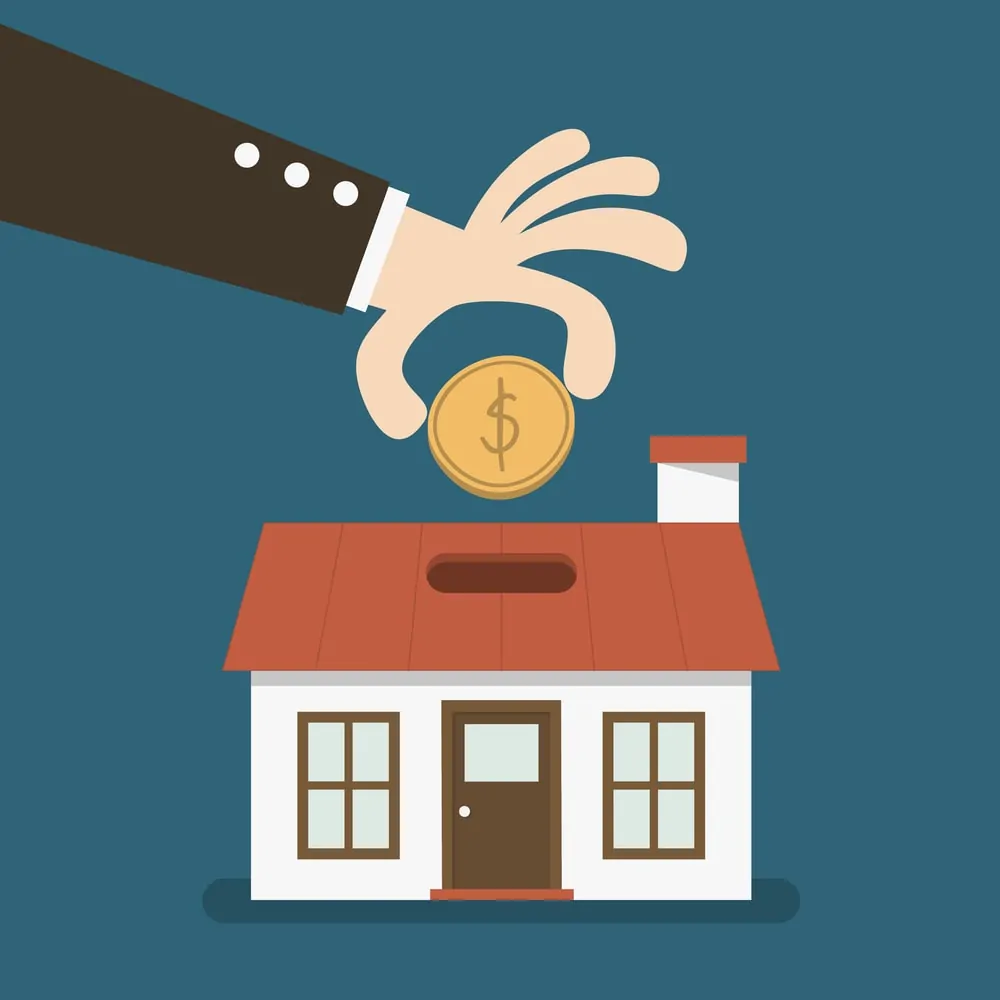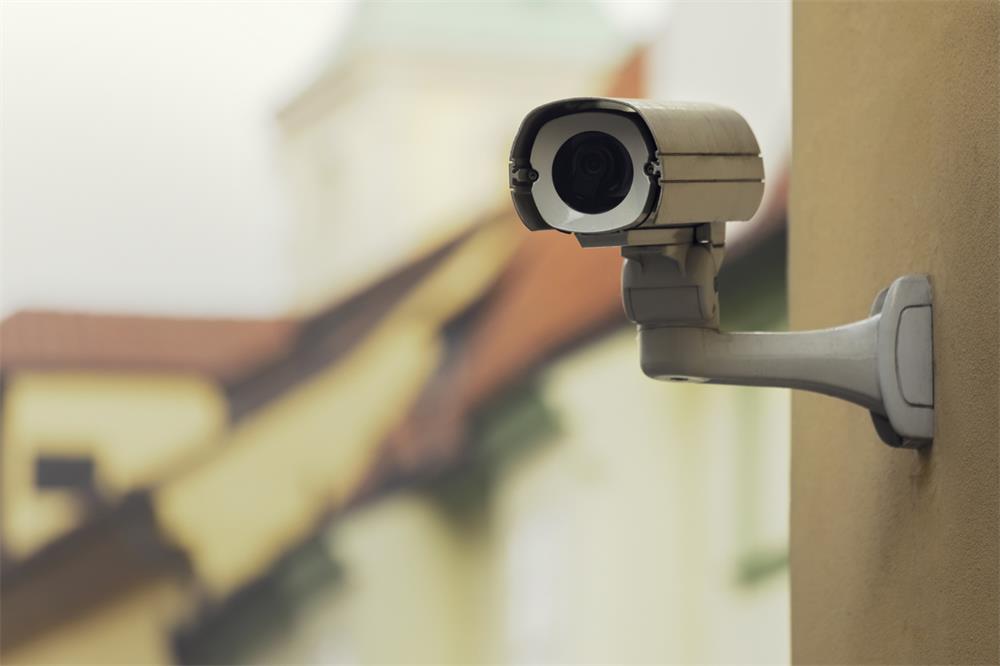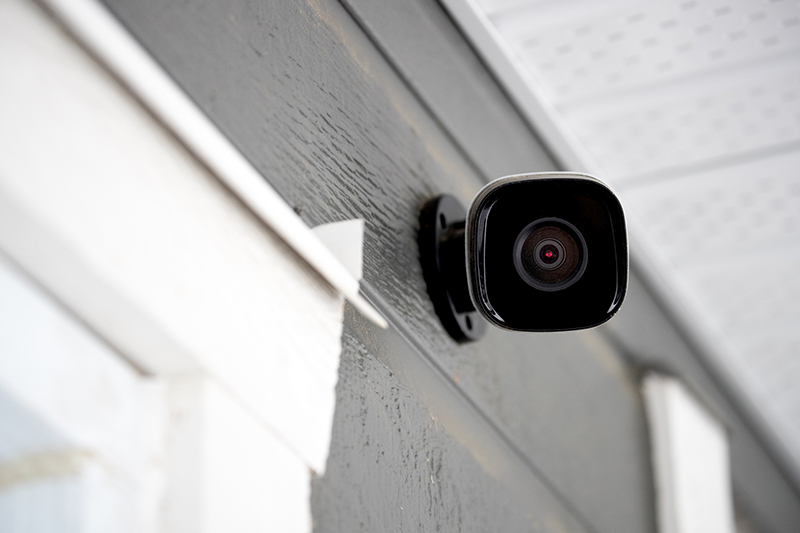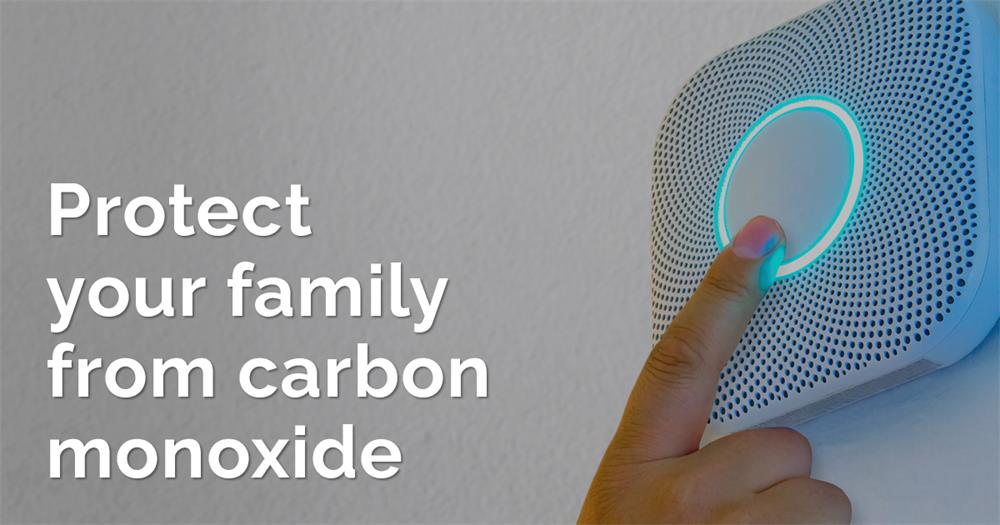Contents
How DIY Security Improvements Can Save You Money on Home Insurance
Home insurance is an essential investment for homeowners. It provides financial protection against damage or loss to your property, as well as liability coverage should someone get injured on your property.
However, with the increasing frequency of natural disasters and home break-ins, home insurance premiums have been steadily rising. Fortunately, there’s a way to save money on your home insurance: by making DIY security improvements.
By installing some cost-effective do-it-yourself security systems in your home, you can significantly reduce the risk of burglaries and damages caused by natural hazards like floods and fires. As a result, you may be eligible for lower rates on your home insurance premiums.
In this article, we’ll discuss some practical ways to boost the security of your home using DIY methods that won’t break the bank. We’ll also explain how these improvements can help lower your home insurance costs.
Whether you’re a new homeowner or have been living in your house for years, it’s never too late to make sure that you’ve got everything in place to keep you and your family safe from any unexpected events that could result in costly losses. So let’s dive into some easy steps you can take to make sure that both you and your wallet are protected!
Understanding Home Insurance Rates
When you own a home, you need to protect it with insurance. Home insurance gives you peace of mind that your investment is safe and protected from various risks such as theft, fire, or natural disasters.
But with this protection comes a cost – and it’s not cheap. According to the National Association of Insurance Commissioners (NAIC), the average annual premium for homeowners insurance in the United States is $1,211.
Factors that Affect Home Insurance Rates
Home insurance rates are influenced by several factors such as the age and condition of your home, its location, and even your credit score. For example, if you live in an area prone to natural disasters like hurricanes or earthquakes, your premiums will be higher than someone who lives in a low-risk area. Additionally, if you’ve made claims on your home insurance policy in the past, expect higher premiums when renewing.
Another factor that could affect your home insurance rate is having pets. Certain dog breeds like Pitbulls or Rottweilers may lead to higher premiums since they’re considered more aggressive and pose a higher risk for liability claims.
How Security Systems Impact Rates
Did you know that security systems can affect how much you pay for home insurance? When comparing quotes from different insurers, ask about discounts for having a security system installed in your home since some companies offer lower rates for customers with these devices. Specifically, installing a monitored alarm system can reduce burglary claims and prevent theft from happening at all.
This increased safety decreases the risk of needing to file an expensive claim with your insurer – which ultimately leads to lower rates over time. Other security devices like deadbolts on doors or window locks may also qualify you for reduced rates on your policy since they make it harder for intruders to enter through those entry points.
To better understand how to save money on home insurance, it’s important to know what factors affect insurance rates. Installing a security system can help reduce the amount you pay for coverage, as well as provide valuable protection for your home.
DIY Security Improvements
Overview of different types of DIY security systems available
When it comes to enhancing your home security, there are various options, ranging from simple to complex. The type of security system you choose will depend on your budget and specific needs. Here are some popular options for DIY security systems:
1. Surveillance Cameras: These are the most common type of home security system for monitoring and recording activity. They come with advanced features like motion detection, night vision, live streaming, and cloud storage.
2. Smart Locks: Smart locks allow you to control access to your home from anywhere using a mobile app. You can also grant temporary access codes to family members or friends.
3. Motion Detectors: These sensors detect movement in your home and trigger an alarm or notification on your phone when they sense movement.
4. Doorbell Cameras: These cameras provide a view of who is at your front door by showing live footage on your phone when someone rings the doorbell.
Cost-effective options for improving home security
Home security can be expensive if you opt for professional installation and monitoring services. However, there are budget-friendly DIY security improvements that can enhance your safety without breaking the bank:
1. Window/Door Alarms: These alarms sound an audible alert whenever a door or window is opened unexpectedly.
2. Dummy Cameras: While not as effective as real cameras, dummy cameras can deter intruders by creating the illusion that they are under surveillance.
3. Motion-activated Lights: Outdoor lights that turn on automatically when motion is detected can discourage intruders by illuminating dark areas around your house.
4. Reinforced Door Locks: Reinforcing the locks on doors with deadbolts or strike plates makes it harder for intruders to force their way into your home. There is no one-size-fits-all solution when it comes to home security.
It’s essential to assess your needs and budget before selecting a DIY security system. Budget-friendly options can still provide adequate protection, while more advanced systems can offer peace of mind and features that align with your specific needs.
Installing Your Own Security System
A step-by-step guide to installing a DIY security system
So, you’ve decided to install your own security system to save money on your home insurance premiums. Congratulations!
You’re taking a proactive approach to protecting your home and family. Now, let’s get started with the installation process.
First things first, decide on the type of system you want to install. There are many options available, such as door and window sensors, motion detectors, glass break detectors, and smart cameras.
Choose the ones that best suit your needs and budget. Next, read the manufacturer’s installation instructions carefully before starting the installation process.
Make sure you have all the necessary tools and equipment on hand before you begin. Start by placing sensors in strategic locations around your home.
For example, door sensors should be placed on all exterior doors while window sensors should be placed on all ground-level windows. Once you’ve installed all of the sensors, it’s time to connect them to the control panel.
Most DIY systems use wireless connections that simply require a push-button pairing process. Be sure to test each connection after pairing to ensure proper functionality.
Tips for ensuring proper installation and functionality
Proper installation is crucial for ensuring that your DIY security system functions properly in protecting your home from theft or damage. Here are some tips for ensuring proper installation:
1) Test each sensor after installation: Before moving onto other tasks during setup or testing out other features of your system like mobile alerts or remote access features double-check that every single sensor has been connected correctly and is functioning properly by testing it.
2) Secure wiring: When dealing with wired systems make sure that all wires are safely secured in place with screws or staples so they don’t come loose over time causing false alarms or malfunctions..
3) Avoid placement near sources of interference: Install sensors away from sources of interference, such as large metal objects or strong electromagnetic fields.
This can cause false alarms or poor performance.
4) Follow manufacturer’s instructions: Stick to the manufacturer’s recommended installation process and avoid improvising, this way you ensure that your equipment works as intended and in the event of any problems you will not void warranties.
By following these tips, you can ensure that your DIY security system is installed properly. Remember, it’s always better to take your time and do it right than rush through the installation process and end up with a faulty system.
Additional Tips for Saving Money on Home Insurance
Other ways to improve home safety and reduce insurance rates
DIY security systems are an excellent way to improve your home’s safety and save money on your insurance premiums. However, they’re not the only way to lower rates. In this section, we’ll look at some other simple but effective methods for reducing your home insurance costs.
One of the most effective ways to save money on home insurance is by installing smoke detectors and fire alarms. These devices offer early warning of a fire, giving you more time to evacuate your home safely.
Many insurers offer discounts for homes that have smoke detectors installed in every room or on every floor. Deadbolts are another affordable but effective way to secure your doors and reduce the risk of burglaries.
Make sure you install them on all exterior doors, including garage entrances and patio doors. Deadbolts will make it much harder for intruders to gain entry into your home, reducing the risk of theft or property damage.
The importance of maintaining a safe property
Insurance companies also consider how well-maintained your property is when determining rates. Keeping up with basic maintenance tasks like cleaning gutters, trimming trees, repairing leaks promptly can make a significant difference in premiums.
Another important aspect that can affect your insurance costs is how close you live to fire hydrants or stations. Homes located closer have faster response times during emergencies; therefore insurers may charge less.
In addition, if you have a pool or any outdoor recreational equipment like trampolines installed in backyards or gardens this may increase the risk therefore raising premiums as well. By securing these items appropriately (such as surrounding pools with secure fencing) you can not only ensure safety but also keep premiums low.
Consider bundling insurances together
Purchasing multiple types of insurances and bundling them together under one insurer may result in savings. If you currently have separate insurances for health, auto, and home insurance, consider consolidating them all under one provider to save on premiums. DIY security systems are an excellent way to save money on home insurance rates.
They’re not the only method that can help lower premiums though. By installing smoke detectors and deadbolts, maintaining a safe property, and bundling insurances together with the same provider you can increase safety while reducing costs.
Conclusion
DIY Security Improvements: A Win-Win Situation
DIY security improvements can help homeowners save money on their insurance premiums while also providing peace of mind and increased safety. By understanding the factors that influence home insurance rates, homeowners can take control of their own security and make cost-effective improvements that will ultimately pay off in the long run.
While it may initially seem daunting to install a DIY security system, there are many resources available online to guide homeowners through the process. By following a step-by-step guide and ensuring proper installation and functionality, homeowners can save thousands of dollars over time by qualifying for insurance discounts.
Additionally, it is important to remember that improving home safety goes beyond just installing a security system. Homeowners should also consider adding fire alarms, deadbolts, smoke detectors, and other safety features to their homes in order to further reduce insurance rates and keep themselves protected.
Overall, taking the initiative to make DIY security improvements is a win-win situation for homeowners. By investing time and effort into securing their homes independently, they can save money on insurance premiums while also creating a safer living environment for themselves and their loved ones.











